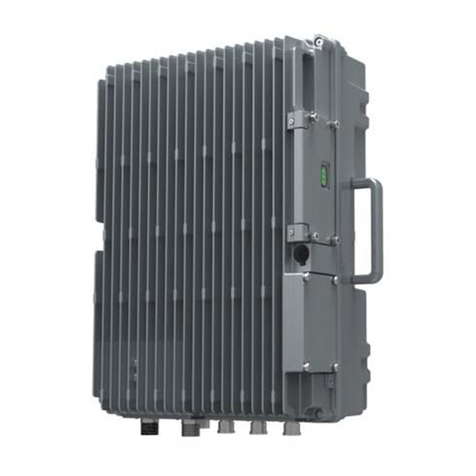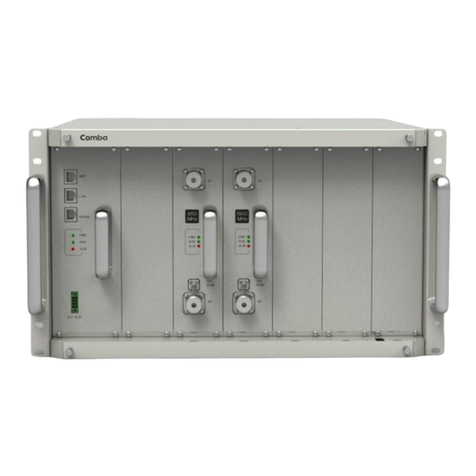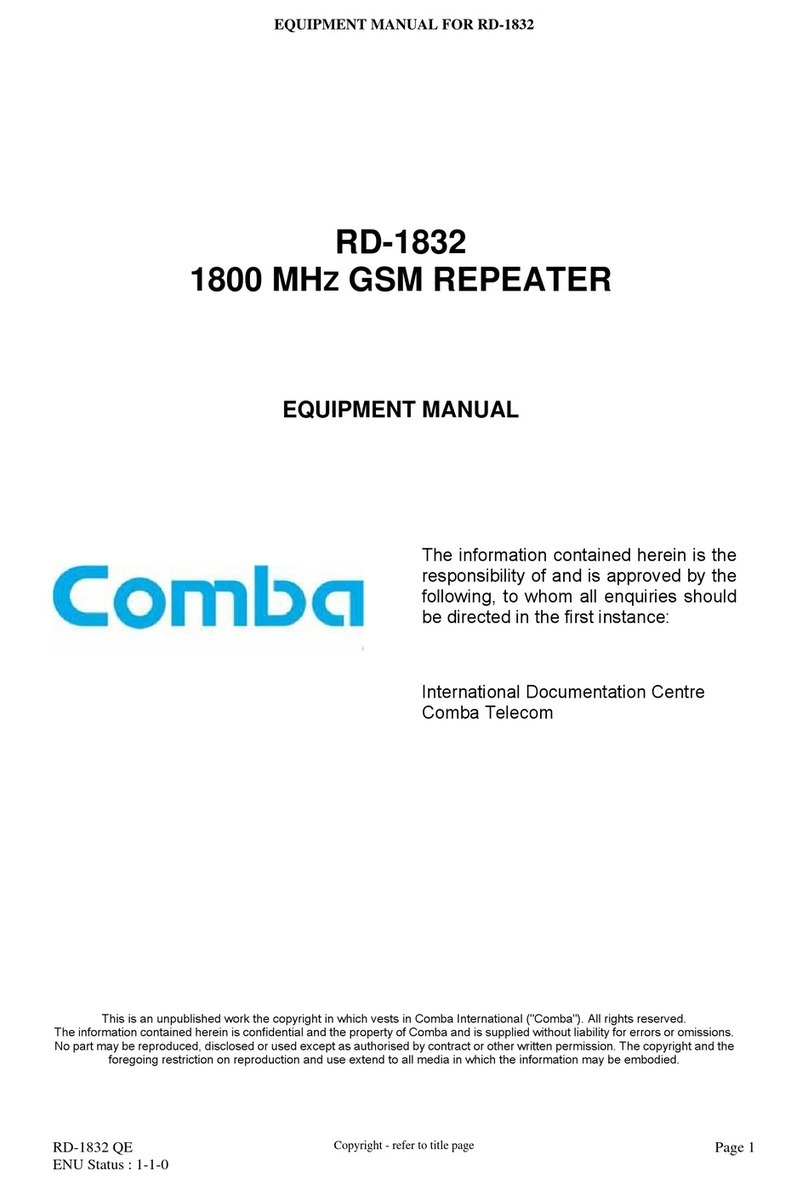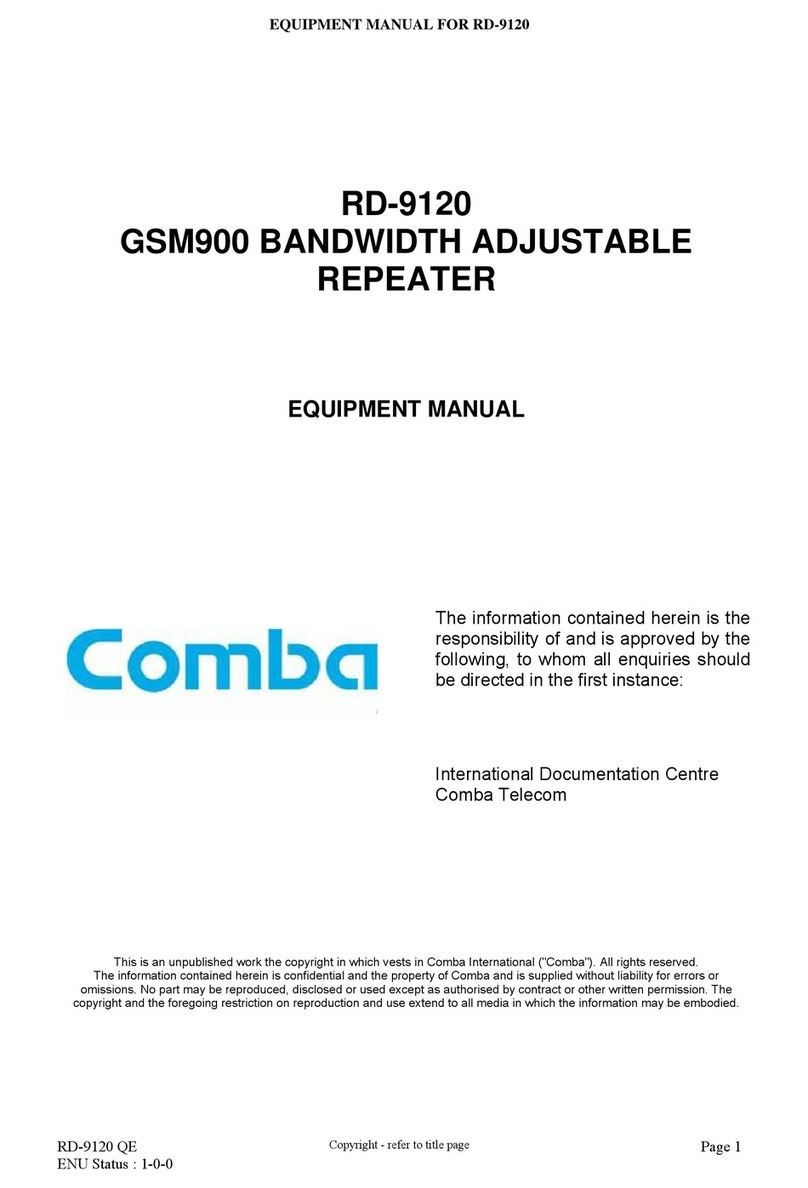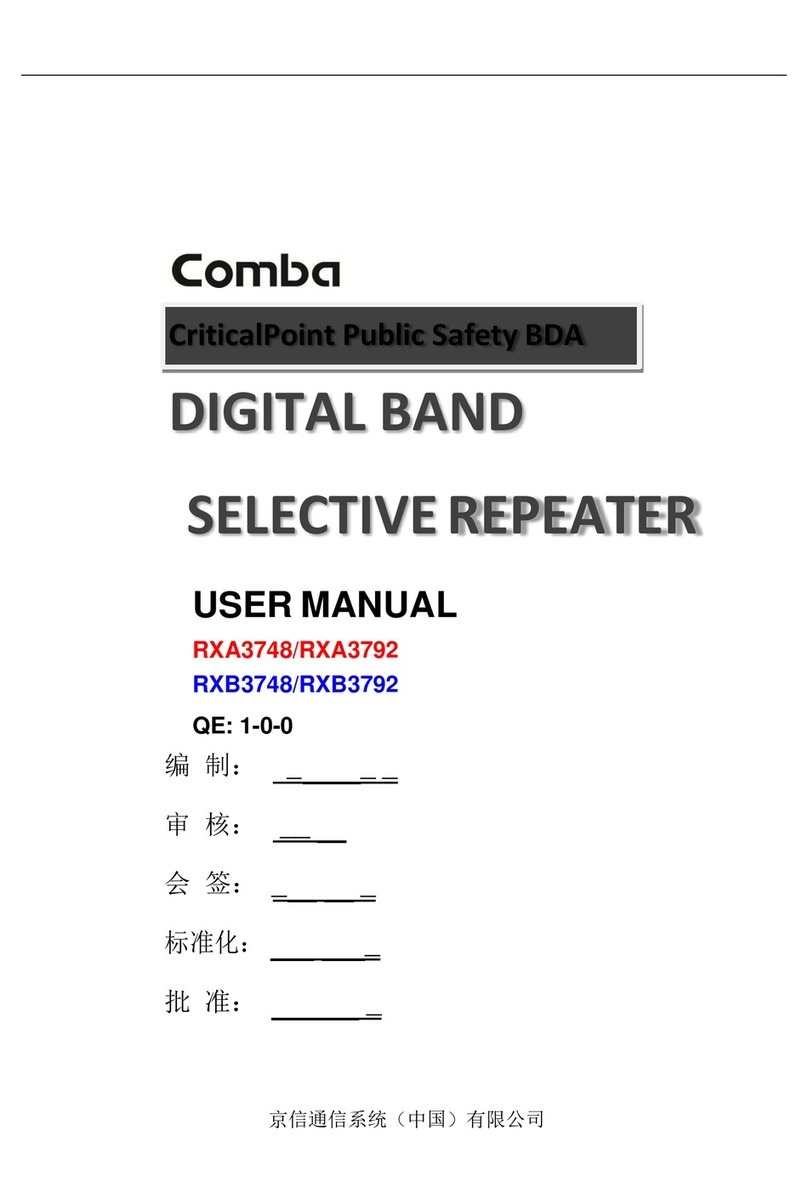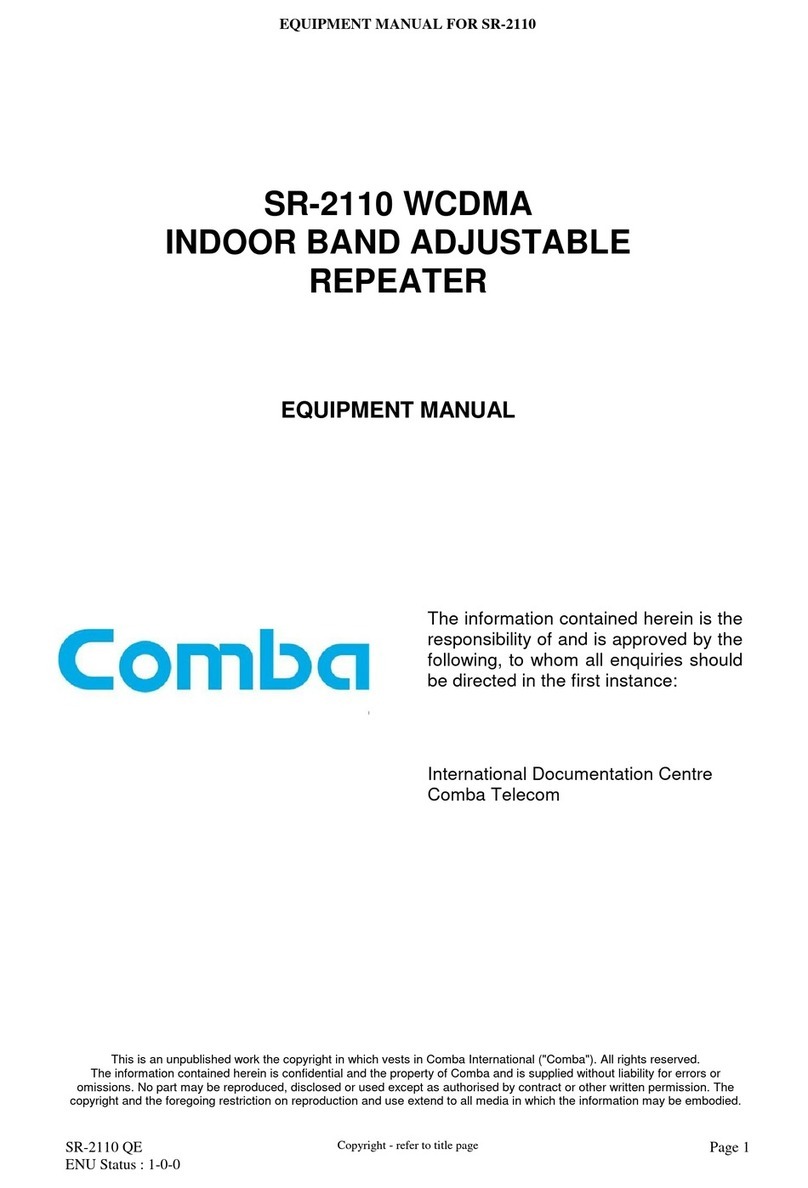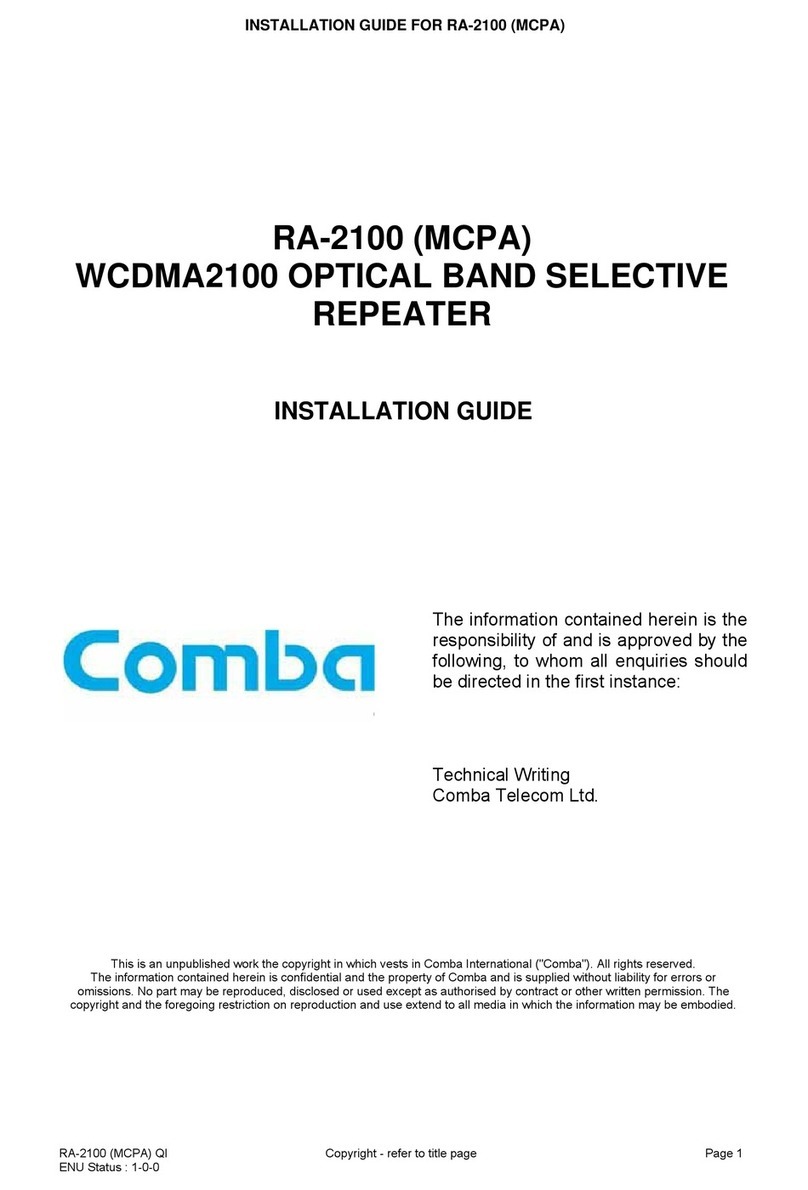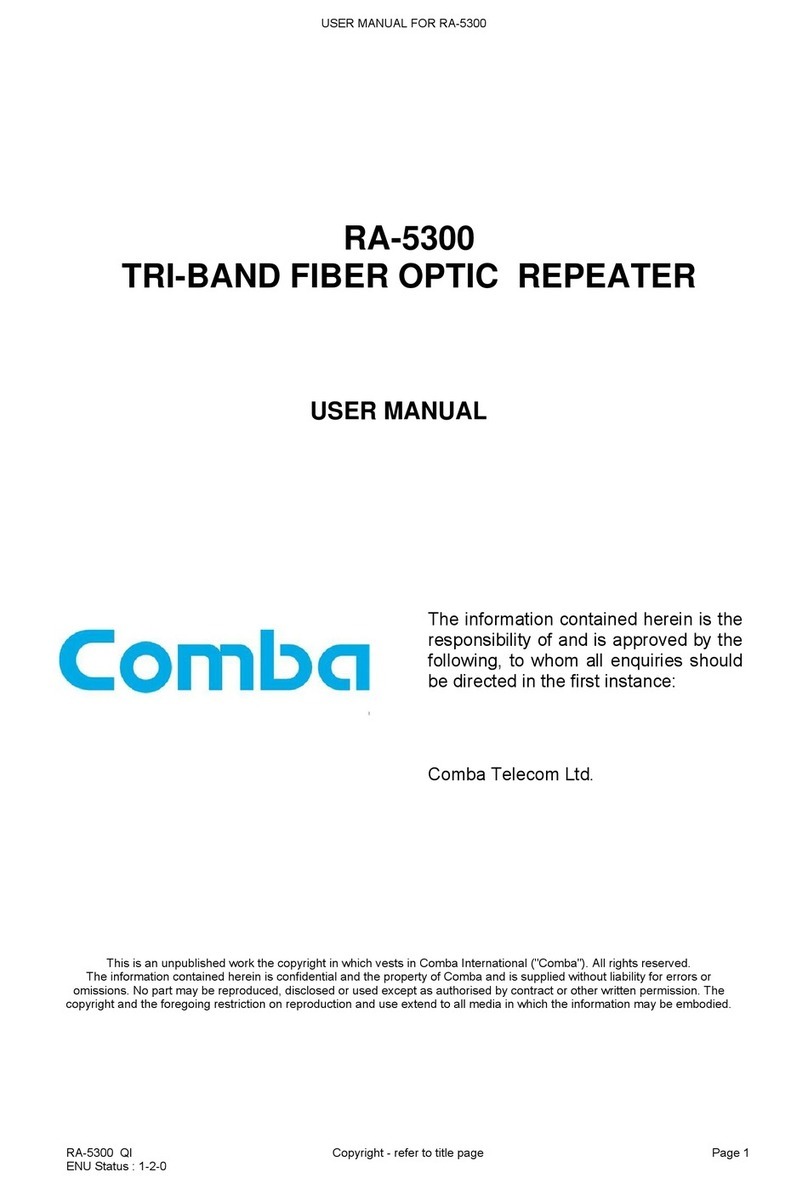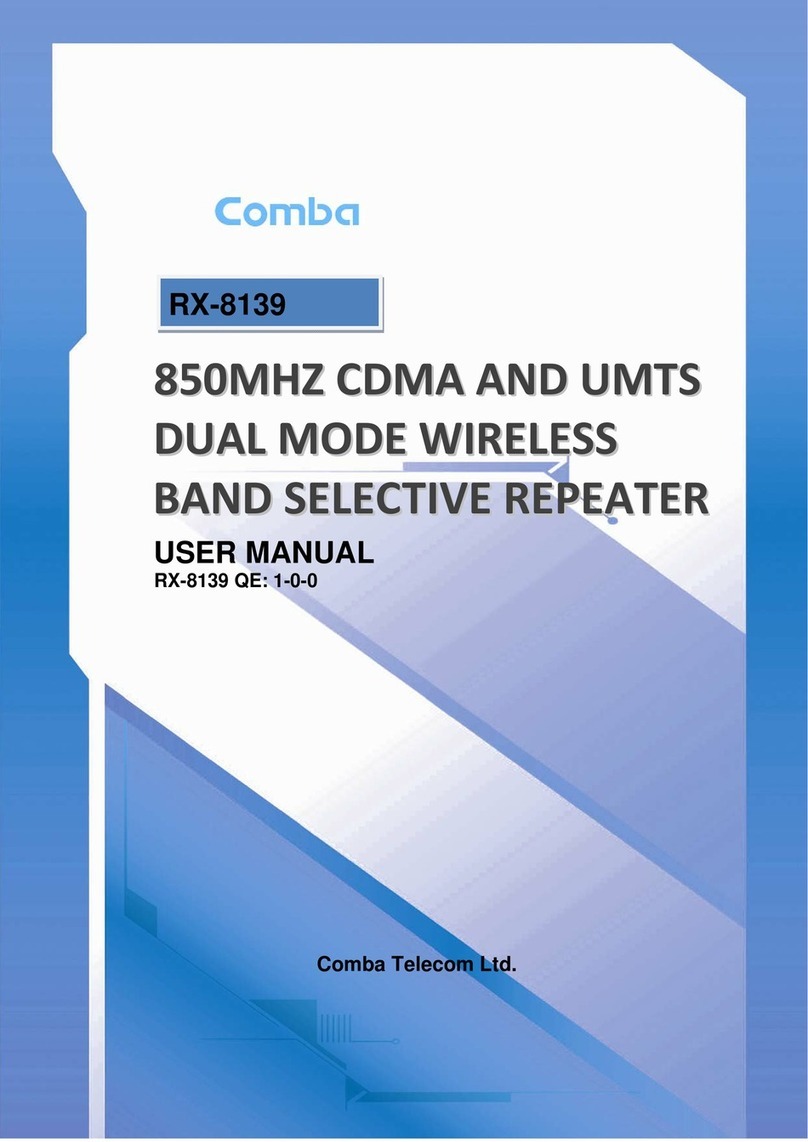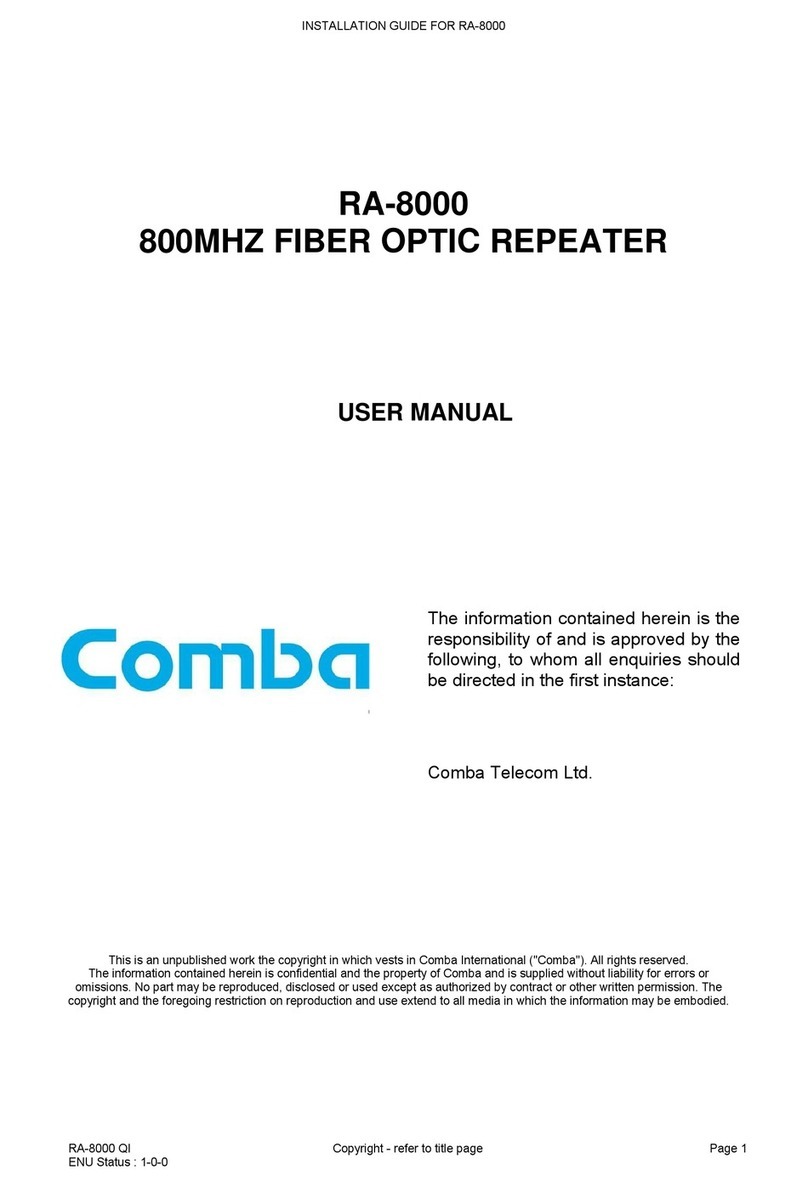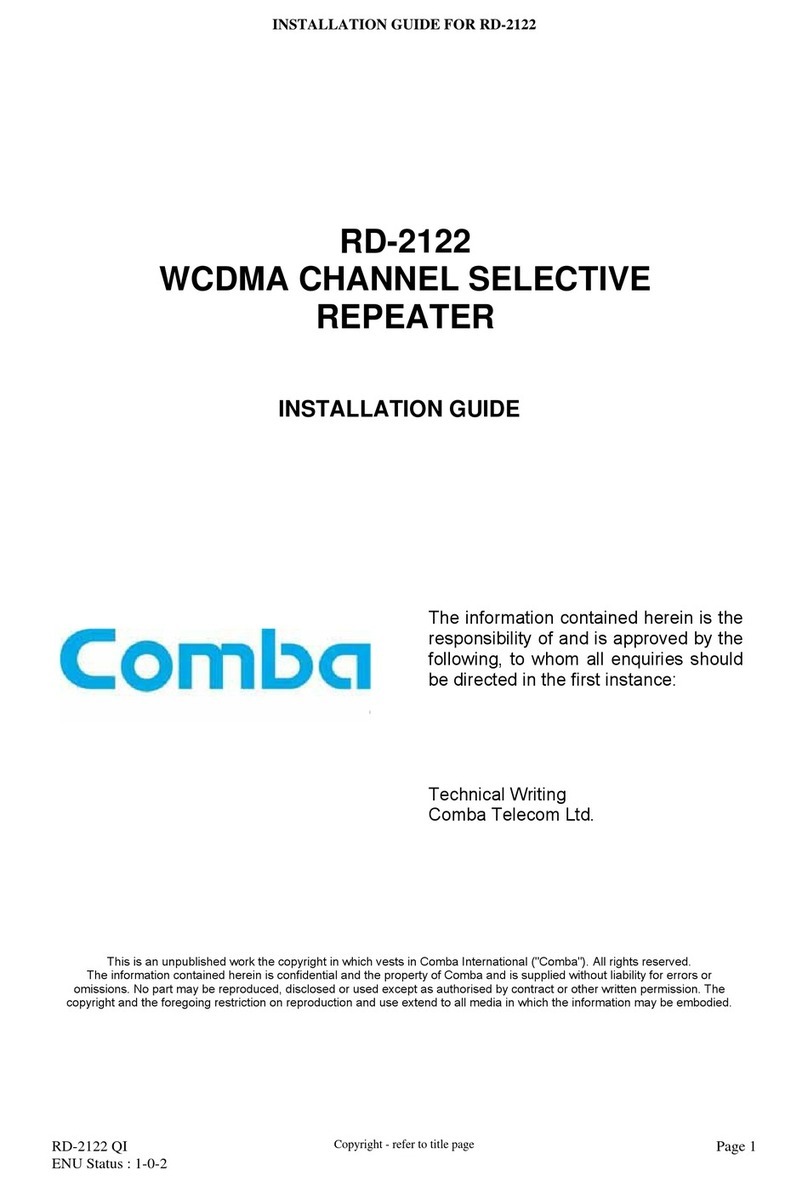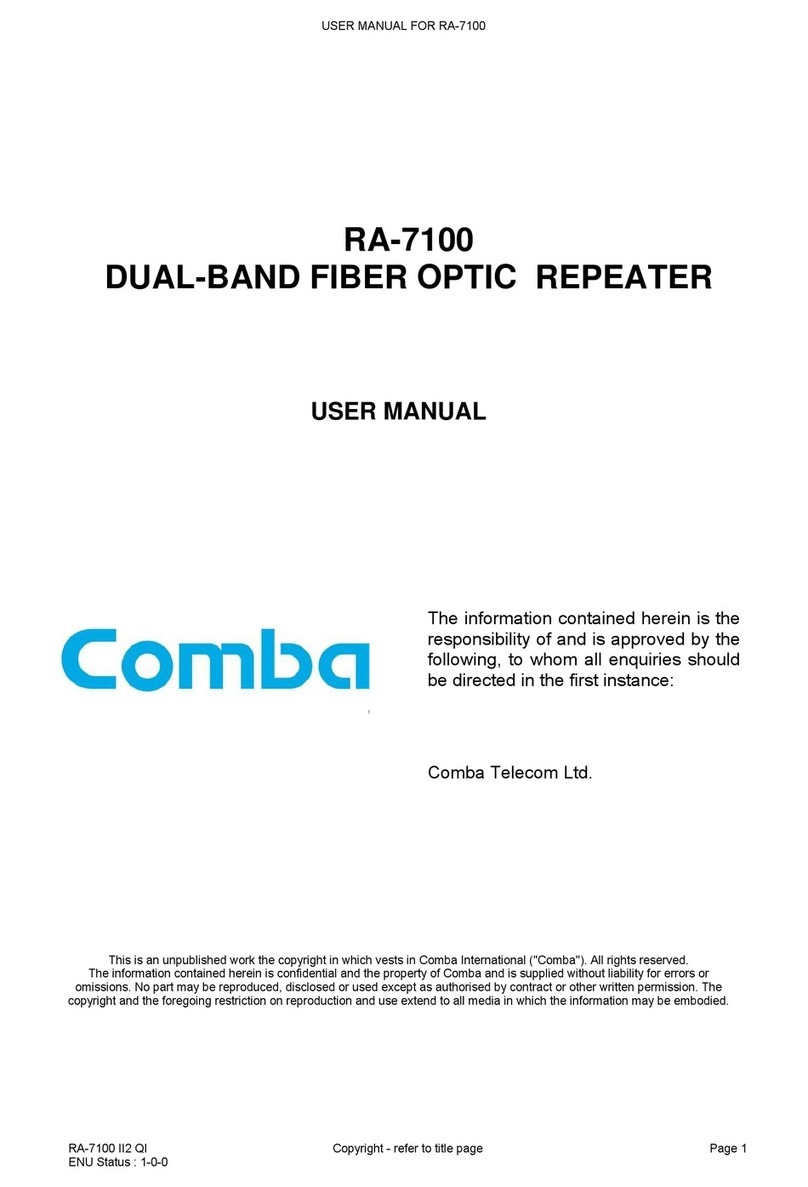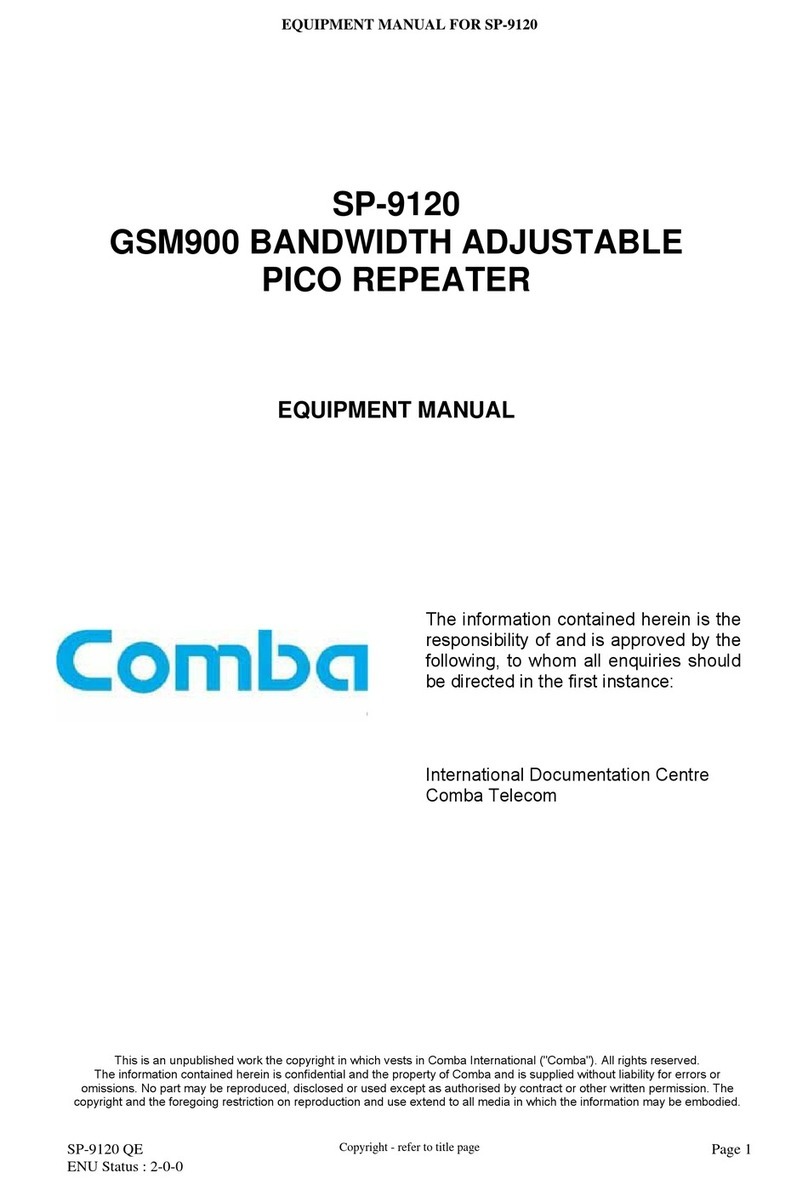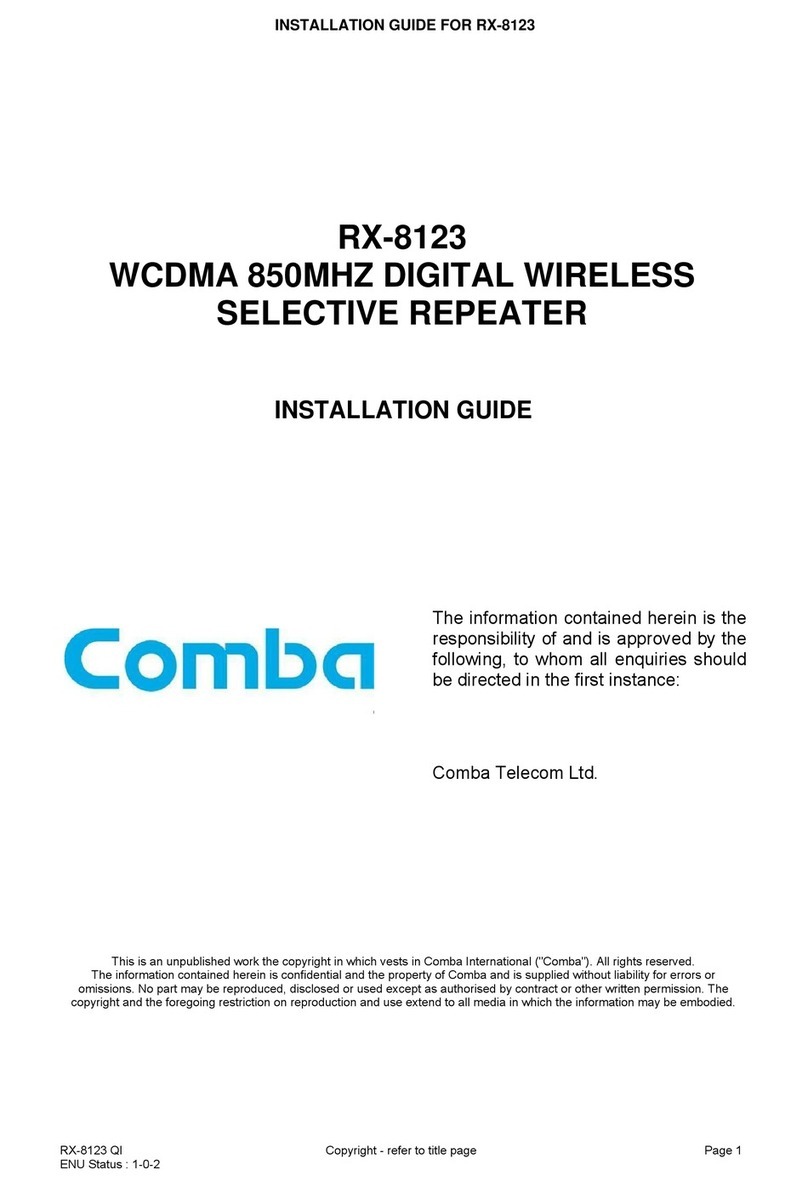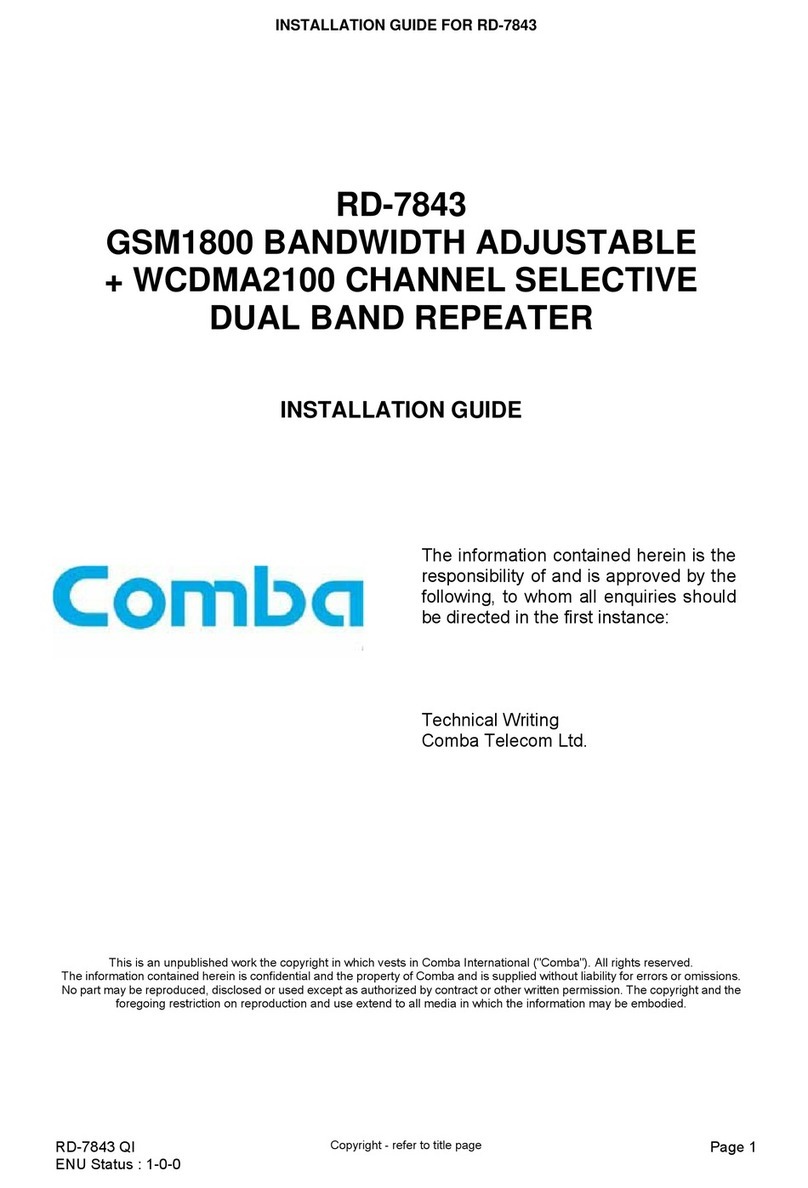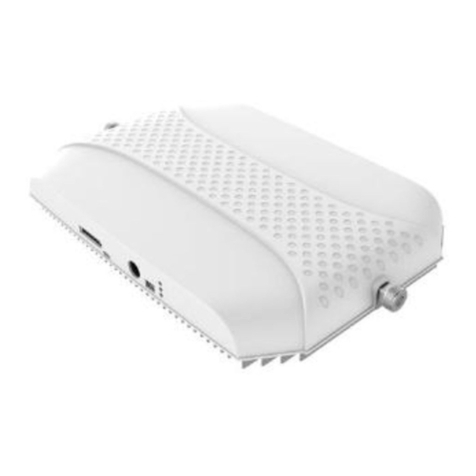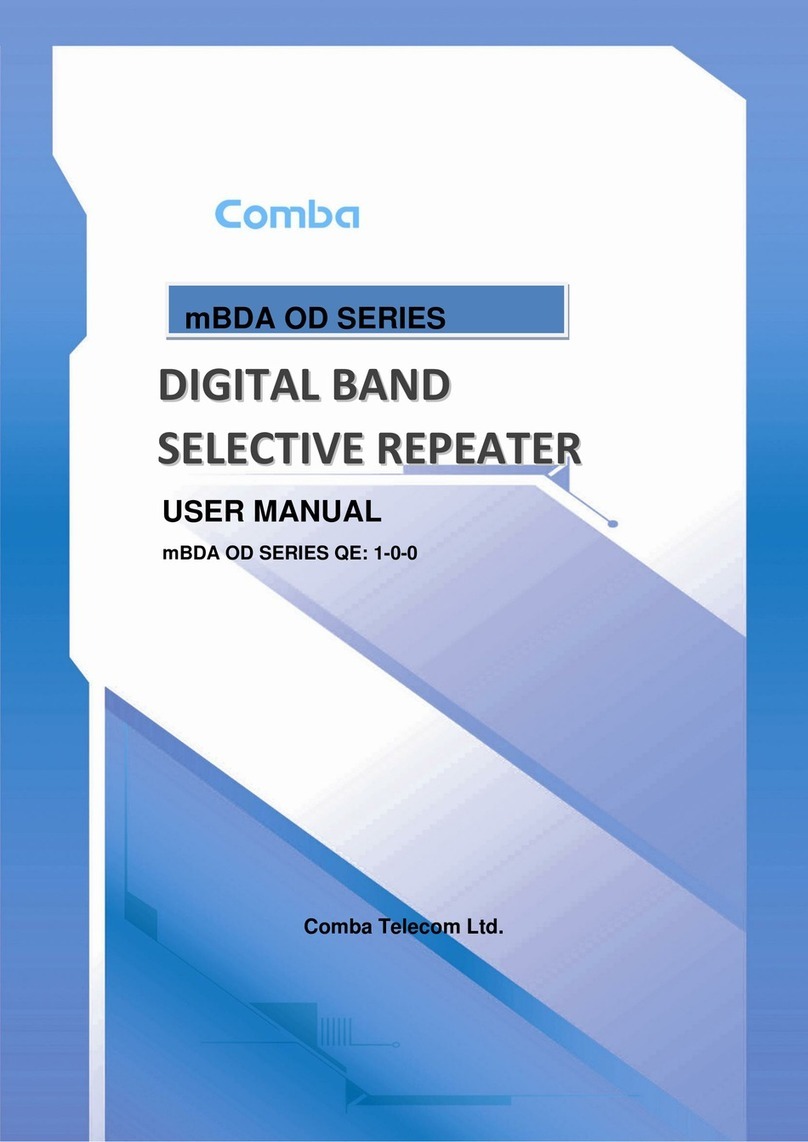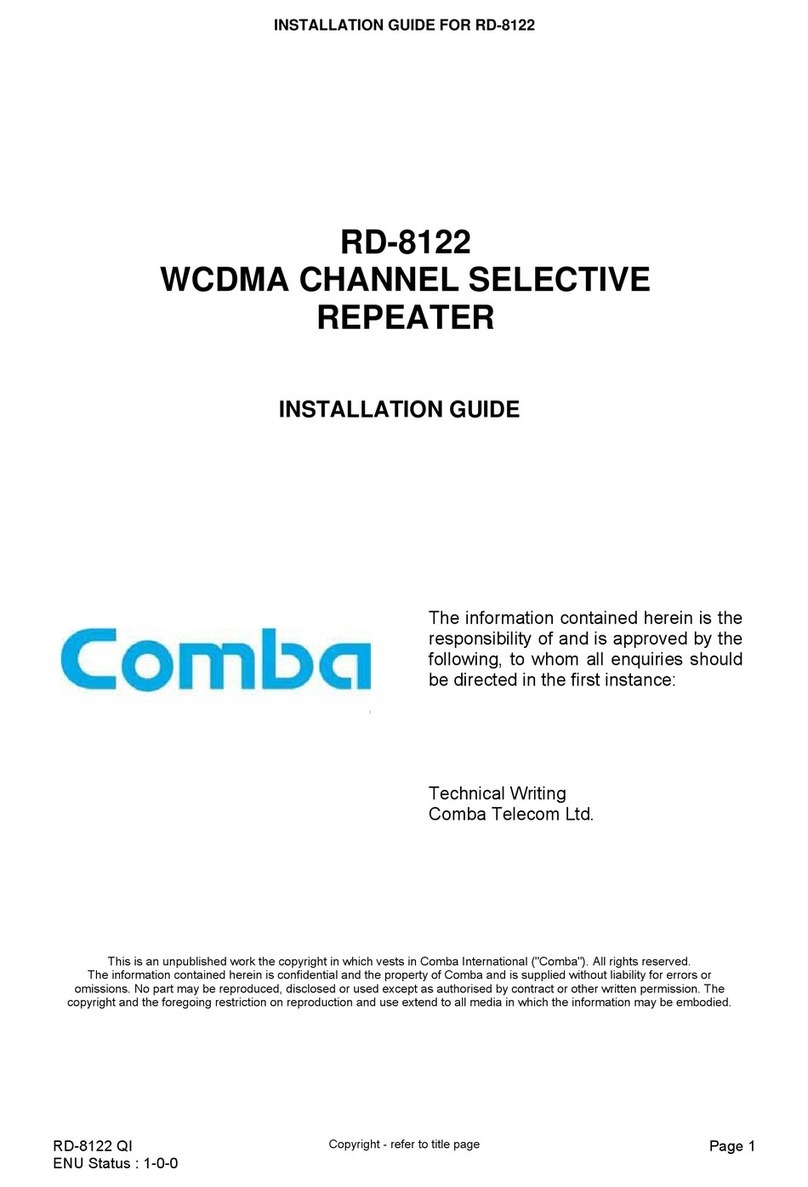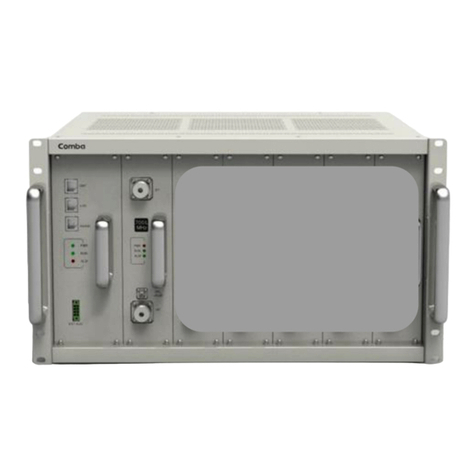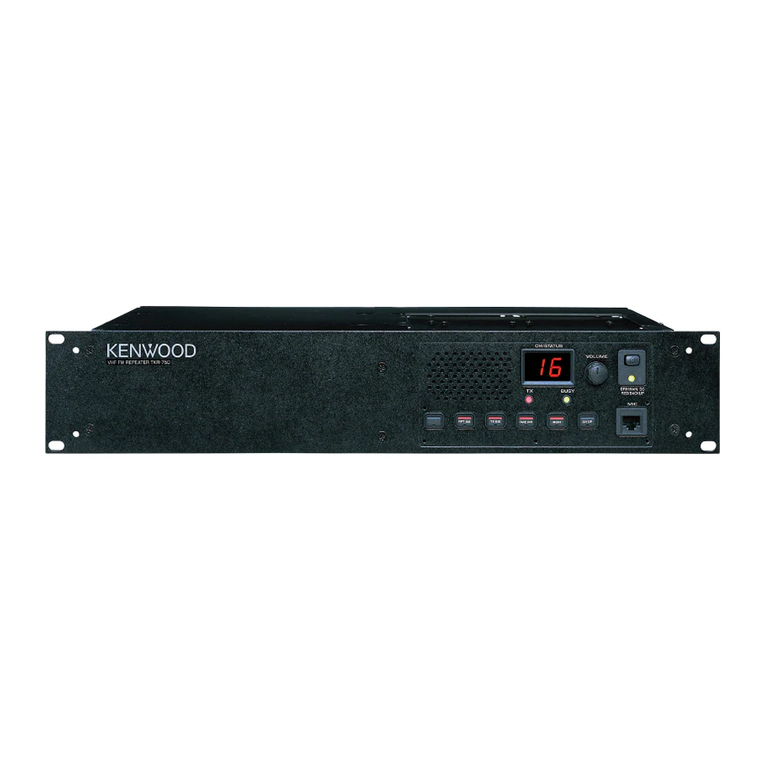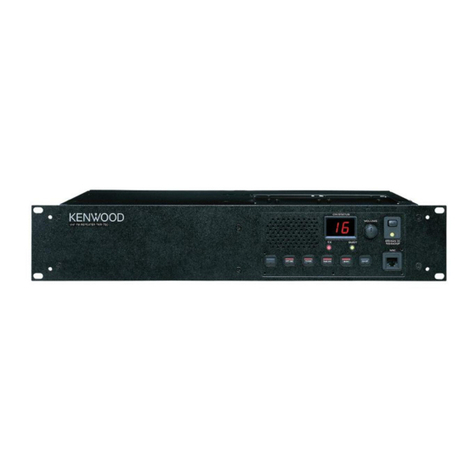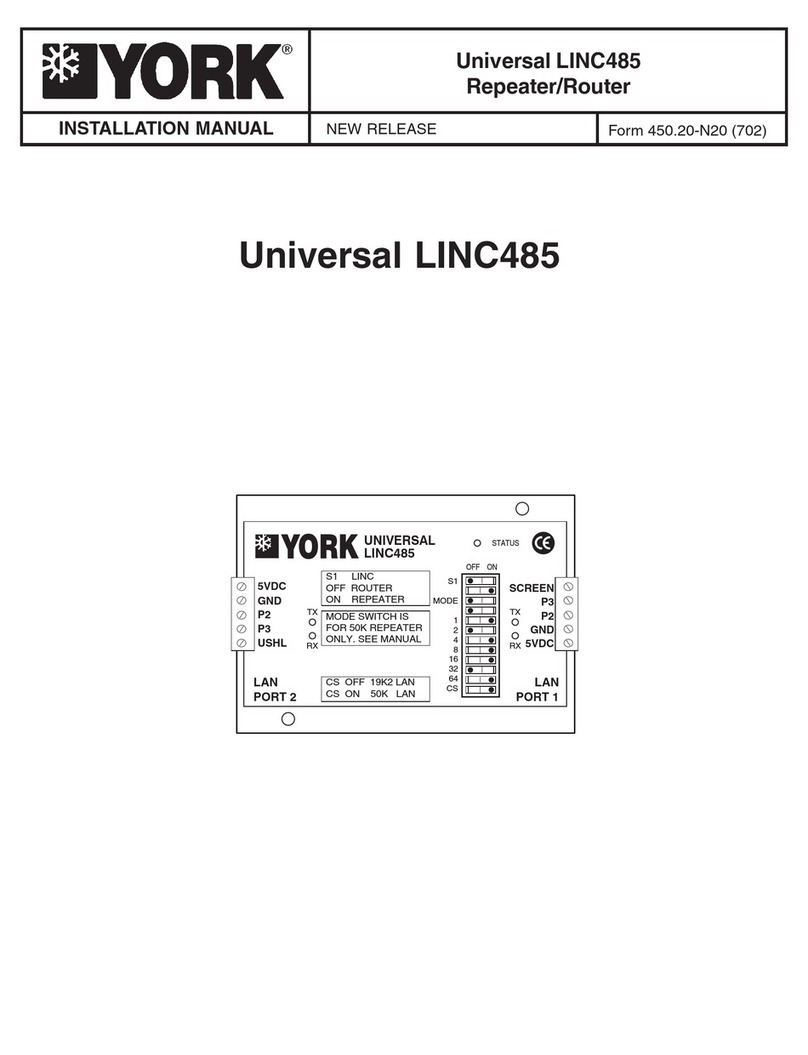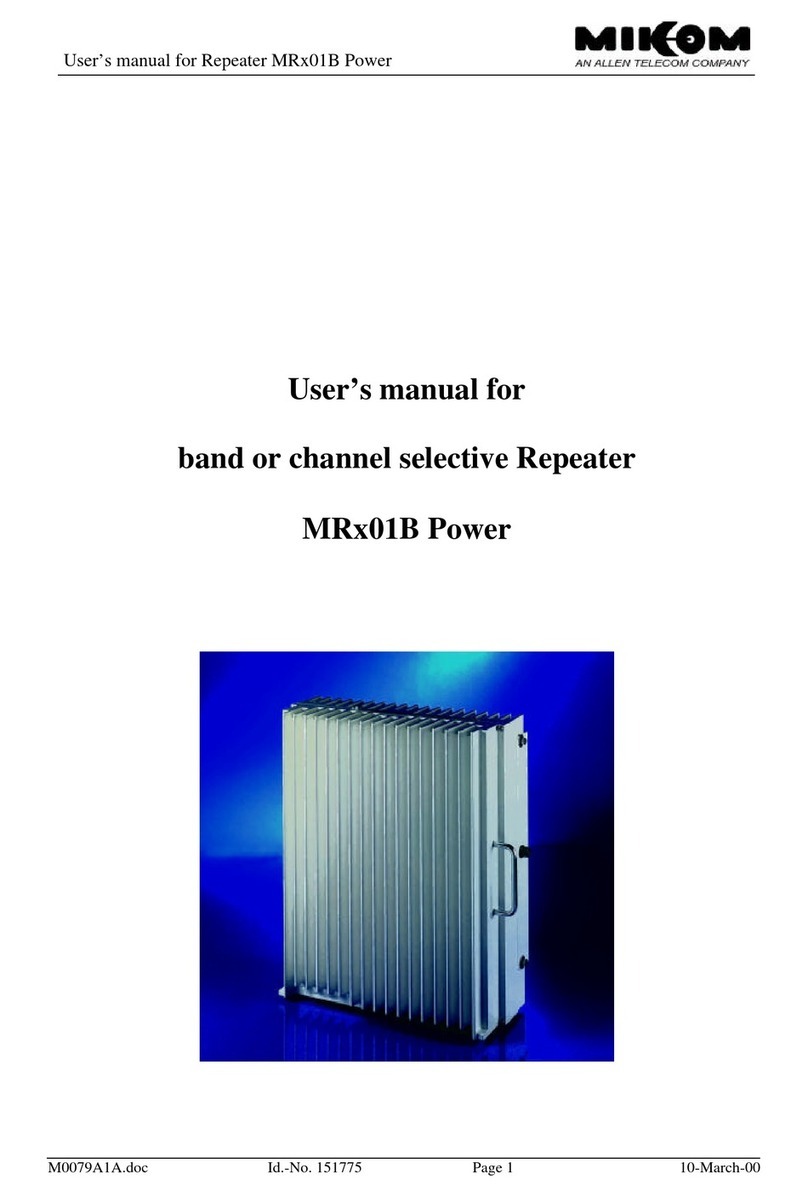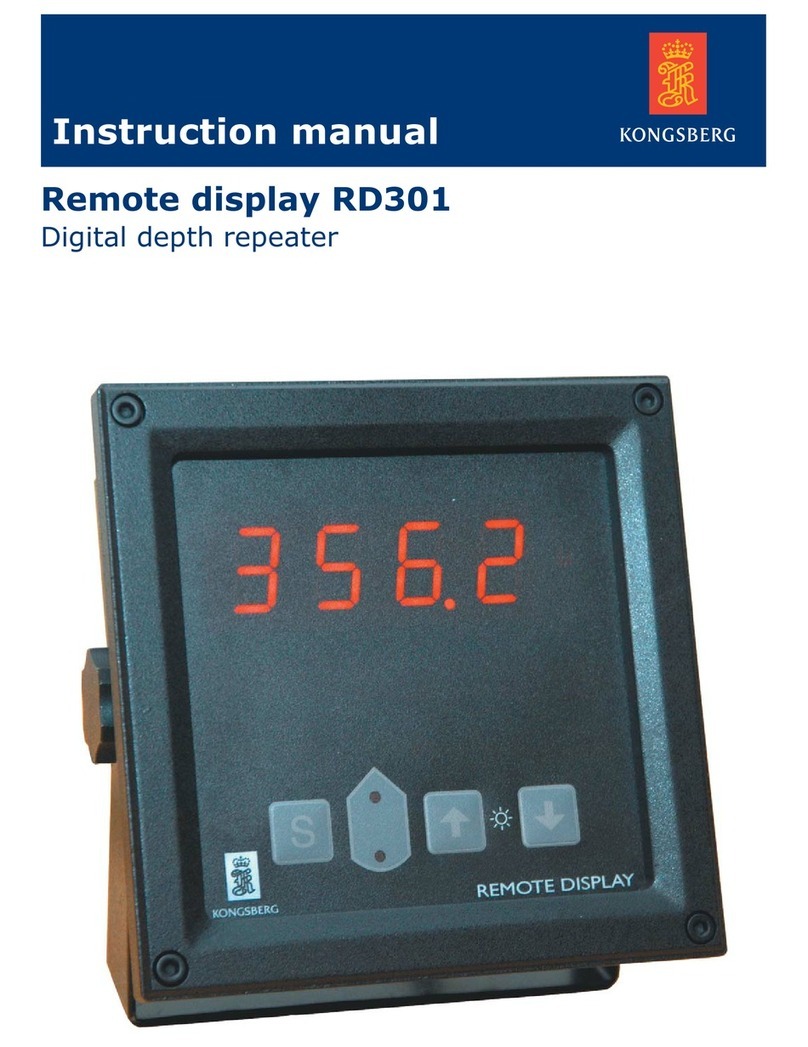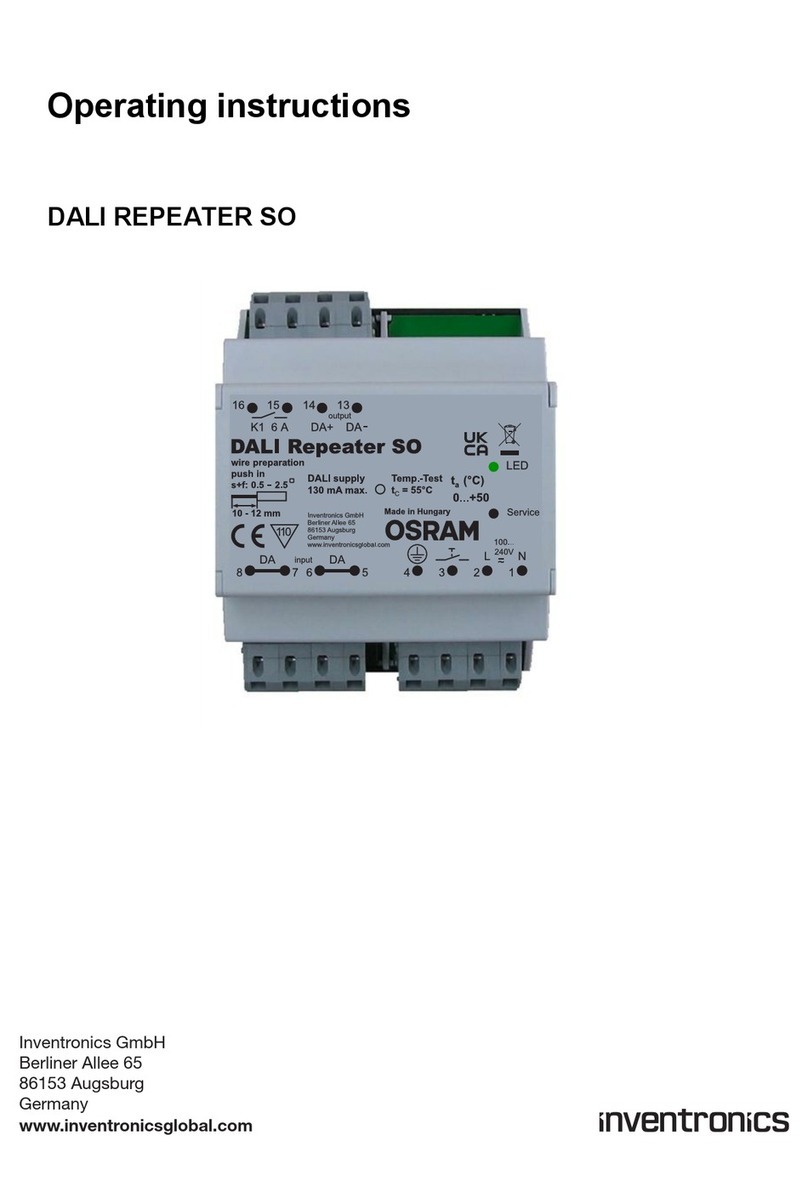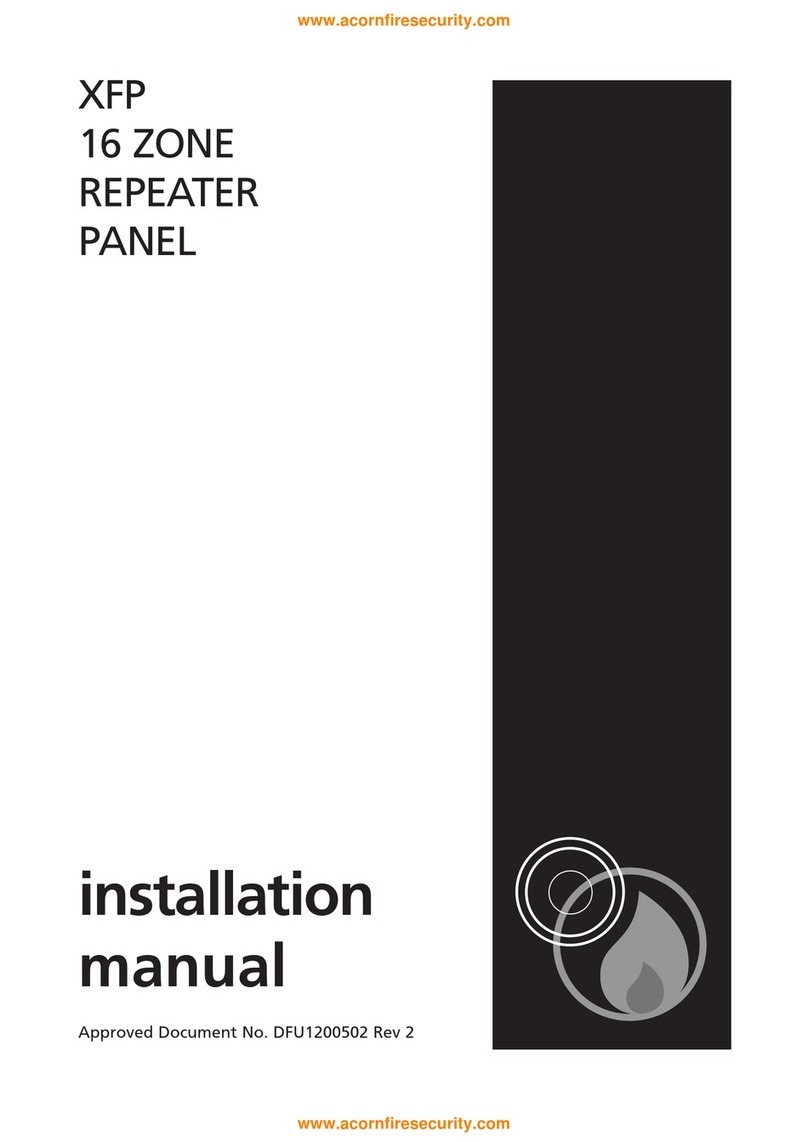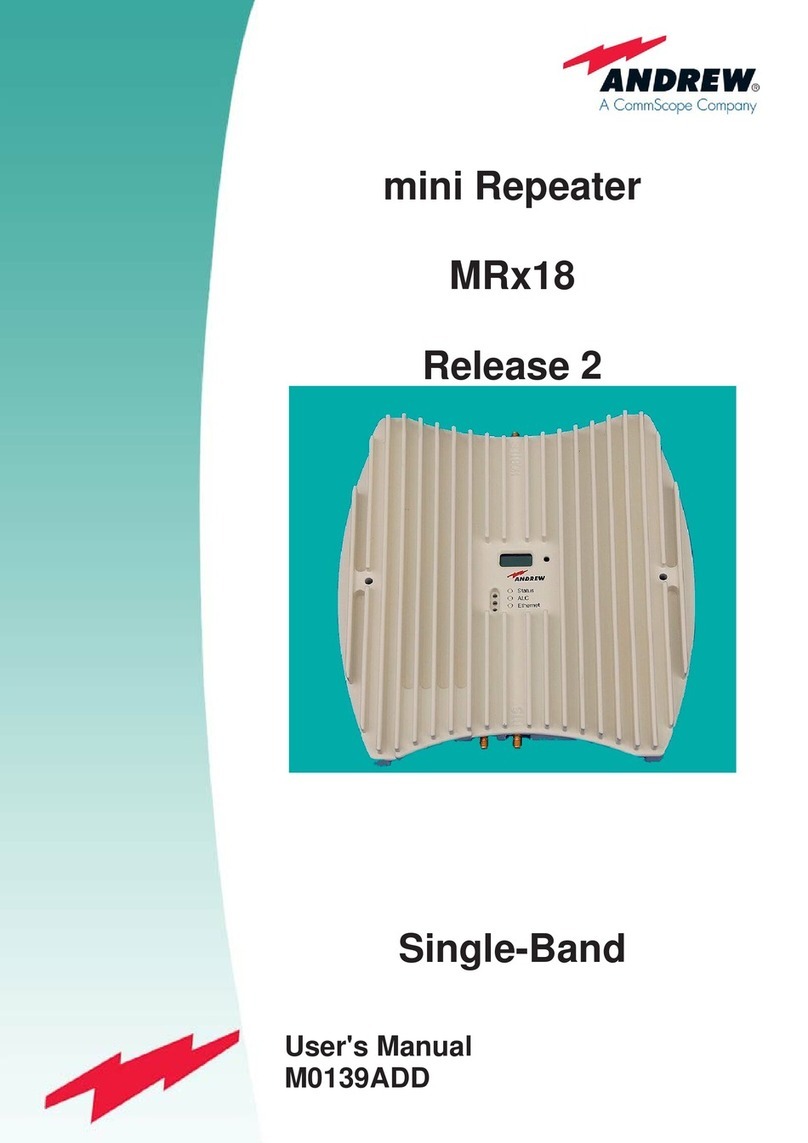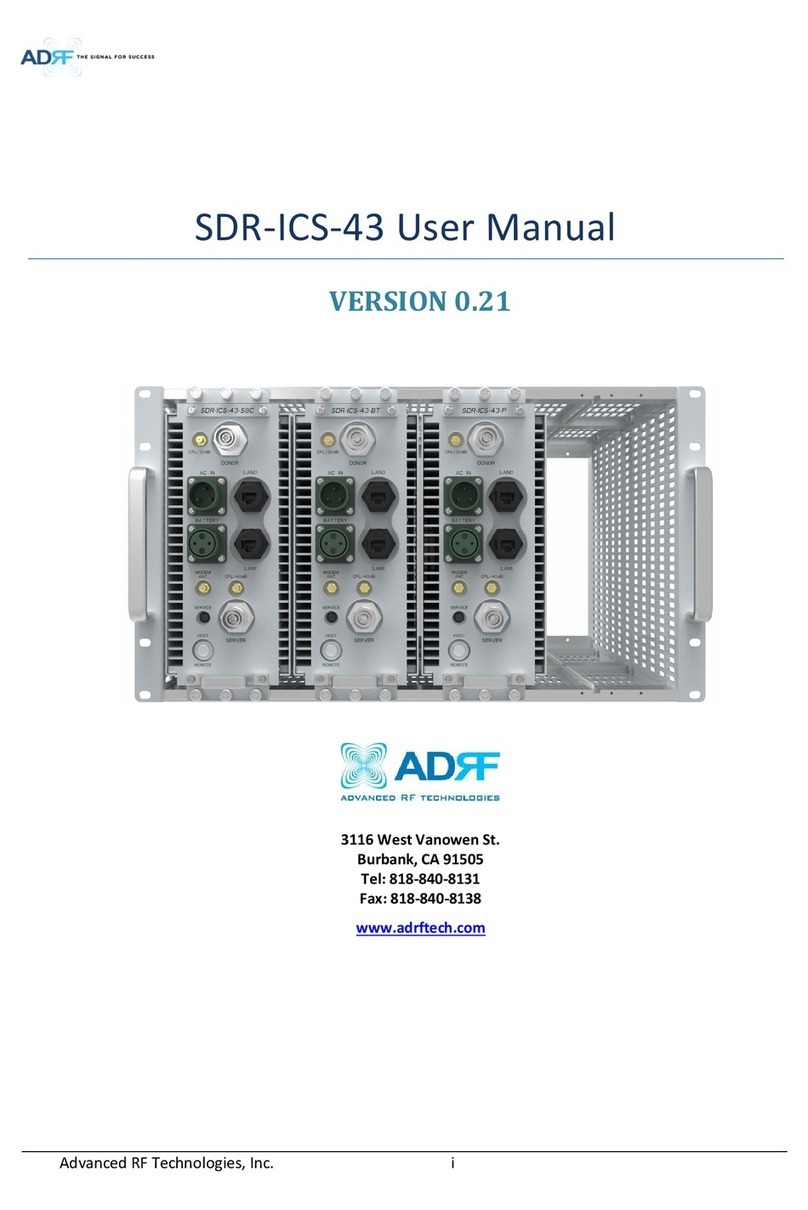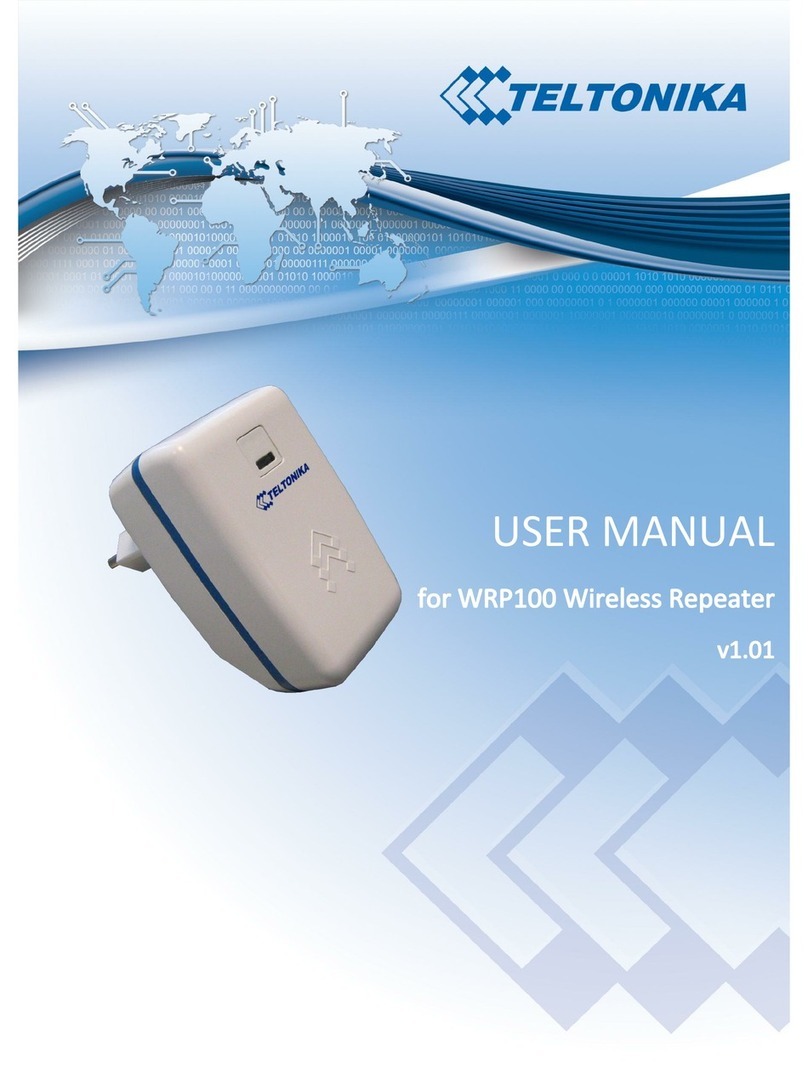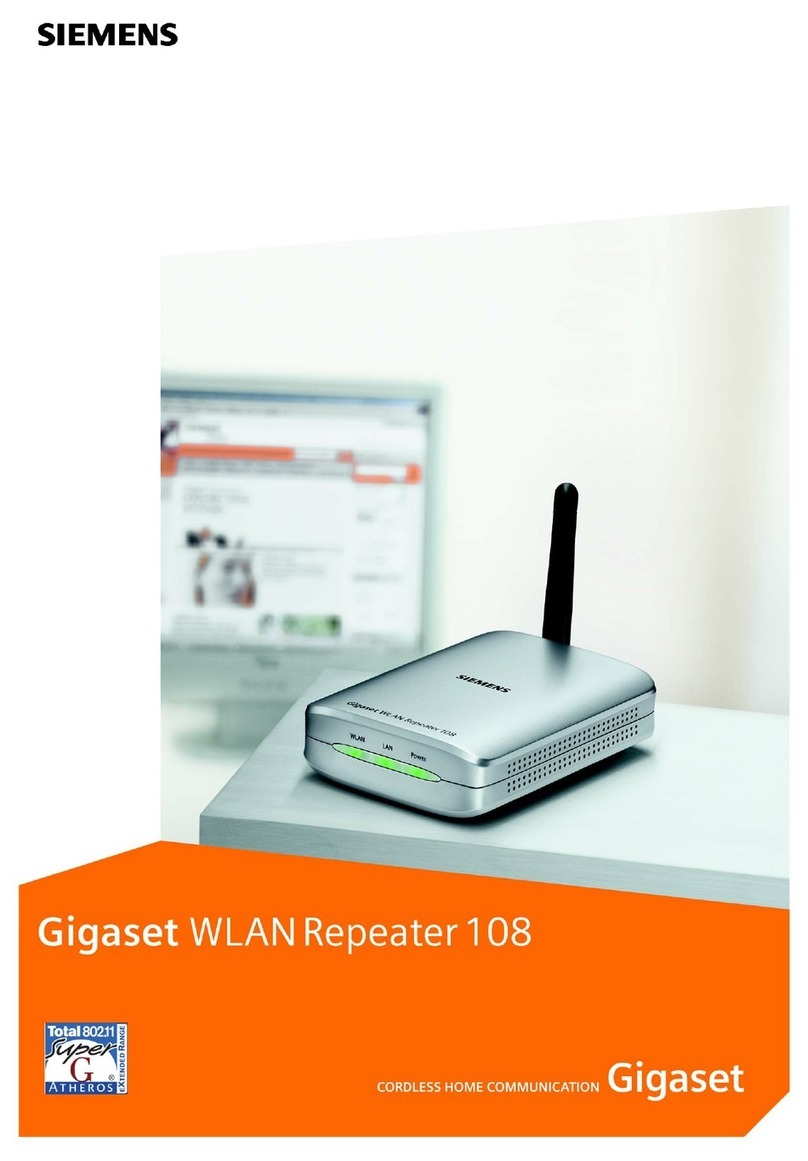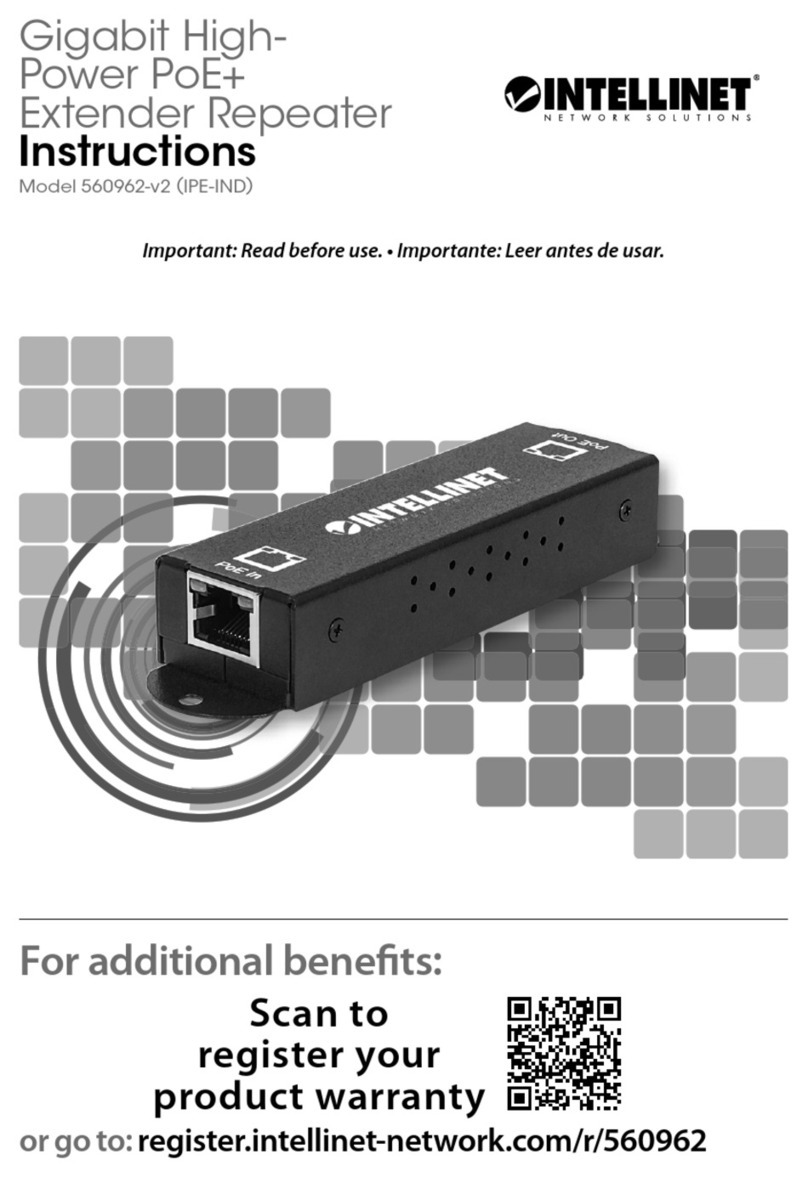
INSTALLATION GUIDE FOR SP-1910
SP-1910 QI Copyright - refer to title page Page 2
ENU Status : 1-0-1
0.2 CONTENTS
Section Page
0.2 CONTENTS ........................................................................................................................... 2
0.3 INDEX TO FIGURES AND TABLES ..................................................................................... 3
0.4 HISTORY............................................................................................................................... 4
0.5 ISSUE CONTROL ................................................................................................................. 5
0.6 REFERENCES ......................................................................................................................6
0.7 GLOSSARY OF TERMS ....................................................................................................... 7
0.8 SAFETY NOTICES AND ADMONISHMENTS...................................................................... 8
0.9 SERVICING POLICY AND RETURN OF EQUIPMENT ....................................................... 9
0.10 READERS COMMENTS ..................................................................................................... 10
1GENERAL INFORMATION ................................................................................................. 11
2EQUIPMENT DESCRIPTION.............................................................................................. 12
2.1 THE SP-1910 FUNCTIONAL DIAGRAM ............................................................................ 12
2.2 EQUIPMENT LAYOUT........................................................................................................ 13
2.3 EQUIPMENT CONSTITUTION ........................................................................................... 13
2.4 KITS OF PARTS..................................................................................................................14
2.5 GENERAL APPLICATION................................................................................................... 15
2.5.1 USING BUILT-IN ANTENNA ............................................................................................... 15
2.5.2 USING EXTERNAL ANTENNA (OPTIONAL) ..................................................................... 15
3INSTALLATION ...................................................................................................................17
3.1 WARNINGS AND ALERTS ................................................................................................. 17
3.2 SITE PLANNING CONSIDERATIONS................................................................................ 18
3.2.1 INSTALLATION CHECKLIST.............................................................................................. 19
3.3 INSTALLATION PROCEDURES ........................................................................................ 19
3.3.1 GOODS INWARDS INSPECTION ...................................................................................... 19
3.3.2 TOOLS................................................................................................................................. 19
3.3.3 WALL MOUNTING .............................................................................................................. 20
3.3.4 DRIP-LOOP......................................................................................................................... 20
3.4 EQUIPMENT CONNECTIONS ........................................................................................... 21
4COMMISSIONING............................................................................................................... 22
4.1 MCU LED INDICATORS ..................................................................................................... 22
4.2 CONTROL PANEL .............................................................................................................. 23
4.2.1 DIP SWITCHES................................................................................................................... 23
4.2.2 LCD DISPLAY .....................................................................................................................23
4.3 PROGRAMMING THE SYSTEM ........................................................................................ 24
4.3.1 EXAMPLES ......................................................................................................................... 24
4.4 COMMISSIONING............................................................................................................... 25
4.4.1 PRE-COMMISSIONING TASKS ......................................................................................... 25
4.4.2 SYSTEM COMMISSIONING PROCEDURES .................................................................... 26
4.5 MCU RESET........................................................................................................................ 27
5SYSTEM MAINTENANCE................................................................................................... 28
6APPENDICES......................................................................................................................29
6.1 APPENDIX A: TOOLS FOR INSTALLATION AND MAINTENANCE ................................. 29
6.2 APPENDIX B: RMA (RETURN MATERIAL AUTHORIZATION) FORM ............................. 30
